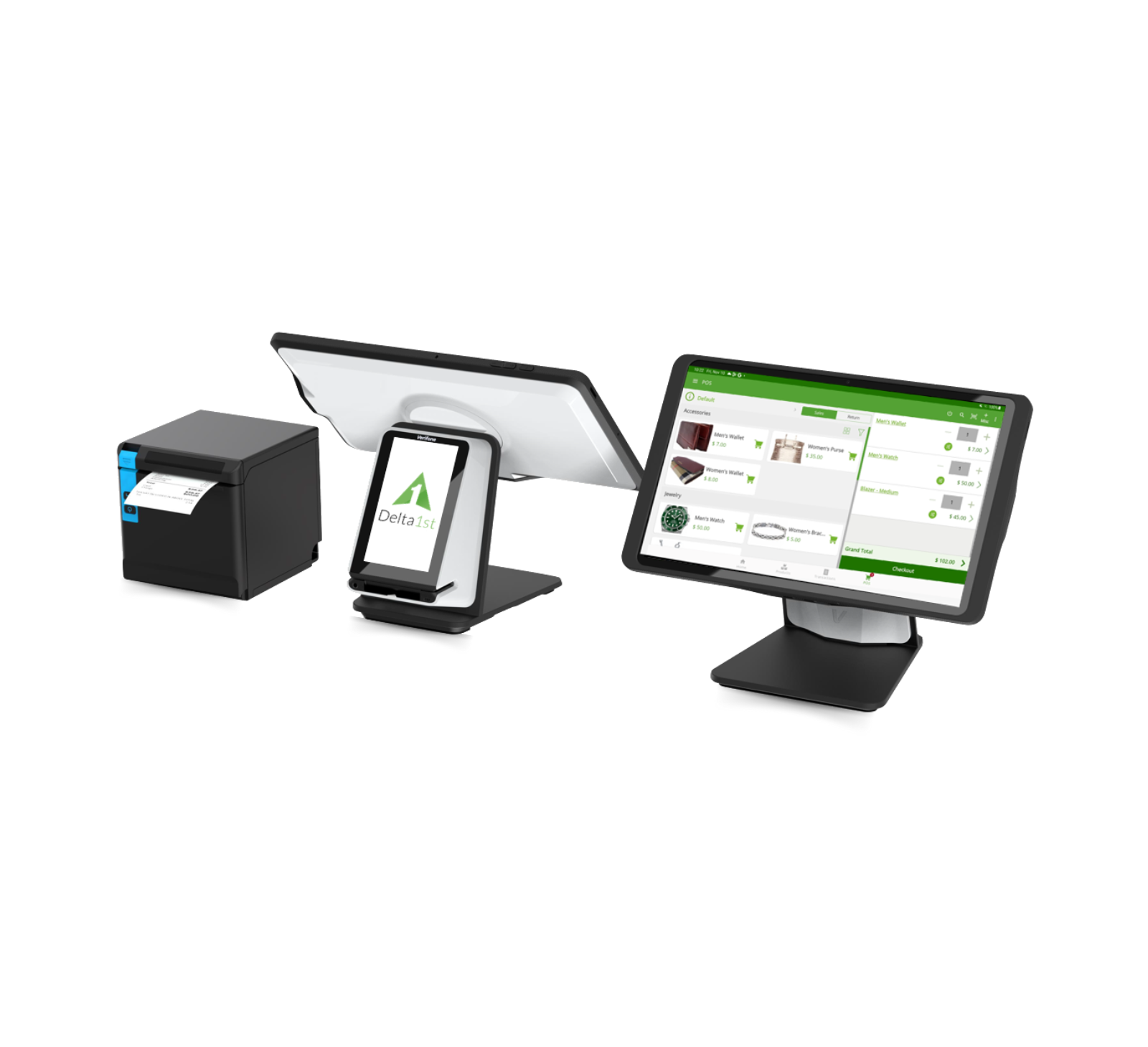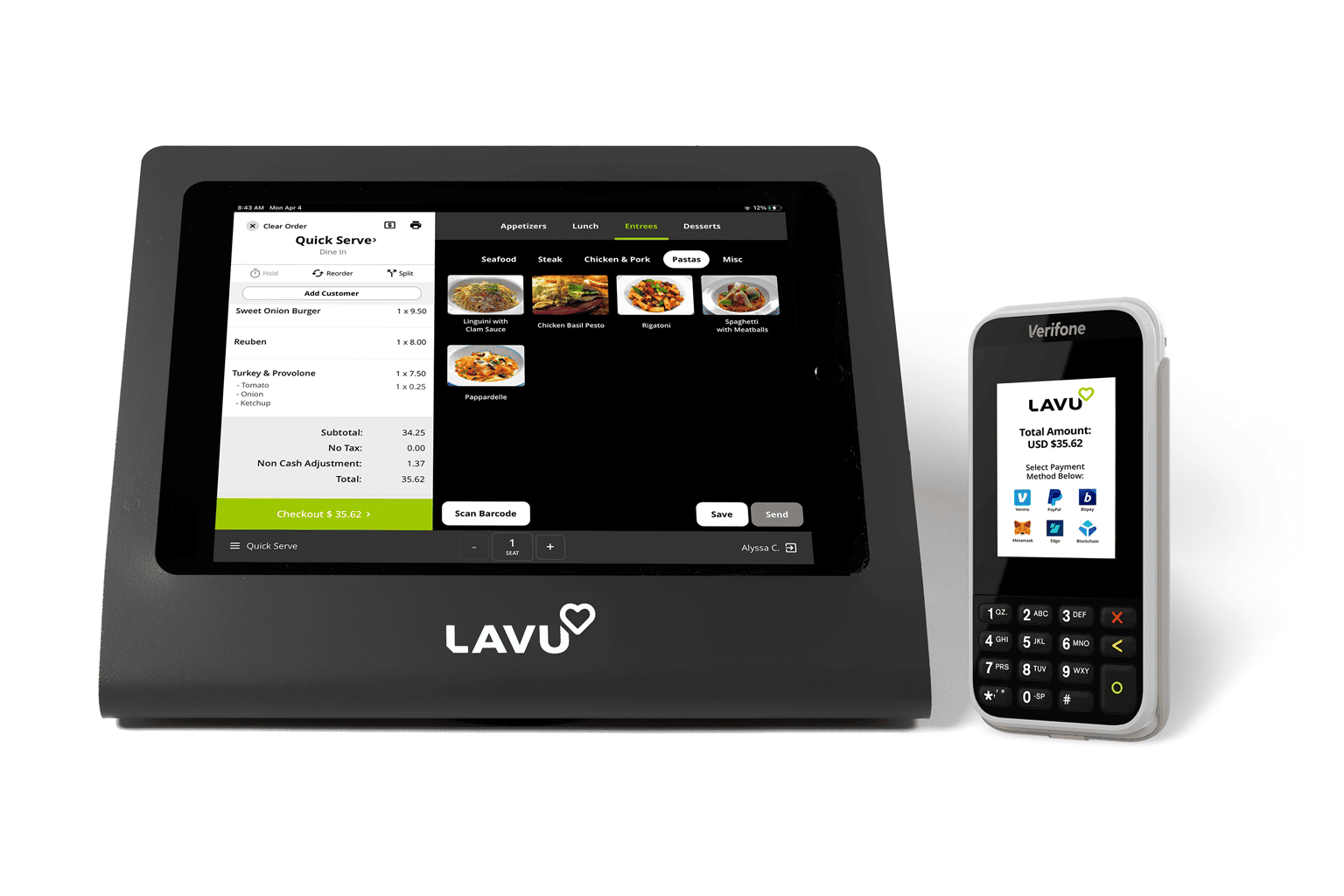5 must-have features in Restaurant POS Software apps for busy restaurants
How POS System Works: A Comprehensive Guide for Business Owners
Understanding the Parts of a POS System

Just How Sales Purchases Are Processed
When a client makes a decision to buy, the sales purchase launches a collection of systematic actions within the POS system. The cashier inputs the items being acquired, which are scanned via a barcode viewers or by hand entered. This activity gets item details, including pricing and applicable tax obligations, from the system's database.Next, the consumer is provided with the overall amount due. The POS system then refines the settlement, whether with money, charge card, or mobile settlement approaches (Restaurant POS Software). For electronic payments, the POS firmly interacts with settlement cpus to license and validate the transaction.Once the settlement is verified, the system creates an invoice, which can be printed or sent digitally. This invoice acts as proof of acquisition for the customer. The transaction data is tape-recorded in the system, ensuring exact sales documents and financial monitoring for the service.
Inventory Administration and Monitoring

Effective stock administration and monitoring are important parts of a POS system, as they assure that companies keep optimal stock levels and lessen discrepancies. A durable POS system permits real-time supply updates, reflecting sales and returns immediately. This enables service owners to keep track of stock levels properly, ensuring that preferred products are conveniently offered while avoiding overstocking of much less preferred products.Additionally, advanced POS systems use attributes such as automated stock informs and reorder ideas, simplifying the procurement process. Barcoding and RFID innovation improve accuracy in tracking stock motion, minimizing human mistake. Extensive reporting tools provide understandings into stock turnover rates, assisting services make notified choices about purchasing and product offerings. Ultimately, efficient stock management through a POS system not only improves operational effectiveness however likewise boosts client satisfaction by guaranteeing item accessibility.
Assessing Consumer Information and Insights
Client information analysis functions as an effective tool for services using a POS system (Restaurant POS Software). By collecting and analyzing deal data, services can discover important insights about consumer actions and choices. This analysis enables them to recognize buying fads, peak buying times, and preferred items, consequently informing supply decisions and advertising strategies.Additionally, businesses can sector their client base, enabling personalized advertising and marketing initiatives that cater to details demographics or buying practices. Understanding client commitment patterns likewise assists in creating targeted incentives and promotions programs.The data gleaned from a POS system can additionally reveal understandings right into consumer comments, allowing companies to make educated choices concerning item offerings and service enhancements. Inevitably, leveraging client information efficiently can boost the total shopping experience, foster client satisfaction, and drive income development
Advantages of Executing a POS System

Frequently Asked Questions
What Sorts Of Services Can Profit From a POS System?
Different services take advantage of a POS system, consisting of stores, dining establishments, hair salons, and ecommerce systems. These systems enhance purchases, supply monitoring, and consumer information, boosting functional performance and boosting consumer experience throughout diverse markets.
Just how Much Does a POS System Normally Expense?
The expense of a POS system usually varies from a couple of hundred to several thousand dollars, depending on features, equipment, and software program. Businesses should consider ongoing costs for assistance, deal, and maintenance handling when budgeting.
Can I Incorporate a POS System With Existing Software Program?
Integrating a POS system with existing software application is often possible. Lots of systems use APIs or built-in compatibility functions, allowing businesses to improve procedures and enhance capability by attaching numerous software program applications efficiently.
What Training Is Needed for Personnel to Make Use Of a POS System?
Training for personnel to make use of a POS system generally includes understanding software functionalities, refining deals, taking care of stock, and handling consumer interactions. Practical demos and hands-on practice boost effectiveness and confidence in utilizing the system effectively.
What Occurs if the Net Goes Down While Using a POS System?
If the web drops throughout POS system use, purchases may be disrupted. Lots of systems use offline abilities, enabling fundamental procedures to proceed, yet complete capability, including real-time stock updates, will certainly be restricted. A Factor of Sale (POS) system is made up of several vital parts that function together to handle and help with transactions organization procedures. Efficient supply administration and monitoring are necessary elements of a POS system, as they guarantee that companies preserve perfect stock levels and click here minimize inconsistencies. Consumer information evaluation offers as a powerful tool for companies using a POS system. Comprehending customer commitment patterns also aids in creating targeted promotions and rewards programs.The information obtained from a POS system can likewise reveal understandings into consumer comments, allowing services to make informed decisions pertaining to product offerings and service improvements. Implementing a POS system supplies various benefits that can significantly boost organization procedures.